15 Ideas to Keep Your Child Engaged and Stimulated
At the age of 3, children are discovering the world around them at a rapid pace. It’s a pivotal time during which their imagination is flourishing, their motor skills are becoming more refined, and their language abilities are expanding. To nurture their curiosity and support their growth, it’s important to offer activities that are varied and suited to their age and interests. Here’s a comprehensive article to help you plan fun and educational moments with your 3-year-old.
1. Key Developmental Milestones at Age 3
1.1. Motor Skills
- Gross Motor Skills: By 3 years old, children can run, jump, climb, and are beginning to coordinate their movements more effectively. They can usually go up and down stairs alternating feet and enjoy being active.
- Fine Motor Skills: They’re becoming more skilled at grasping and manipulating small objects and can start to draw lines and shapes. Hands-on activities are perfect for honing their dexterity.
1.2. Language and Communication
- At this age, children’s vocabulary grows quickly. They begin forming simple sentences and understand most basic instructions.
- They love to repeat songs, recount stories (even if they’re a bit muddled), and imitate the people around them. Imitation games and storytelling activities work especially well.
1.3. Socialization and Emotions
- A 3-year-old strives for independence but still needs the reassuring presence of an adult.
- They’re learning to share, take turns, and recognize their own emotions and those of others (though managing frustration can still be tough).
2. Types of Play and Their Benefits
2.1. Imitation Games
Three-year-olds love to copy what they see adults do—cooking, DIY tasks, even pretending to talk on the phone.
- Examples: Pretend cooking, playing “grocery store,” gardening with toy tools, caring for a baby doll.
- Benefits: Develops creativity, self-confidence, language skills, and understanding of everyday life.
2.2. Gross Motor Play
Little ones need to burn off energy while developing coordination.
- Examples: Indoor obstacle courses (using cushions, hoops, or play tunnels), homemade bowling with plastic bottles, “Red Light, Green Light” (or “1,2,3, Freeze!”).
- Benefits: Improves balance, muscle strength, coordination, and confidence.
2.3. Arts and Crafts
Painting, drawing, cutting paper, or exploring different materials fosters creativity and fine motor skills.
- Examples: Finger painting, playdough, sticker collages, coloring with crayons.
- Benefits: Enhances dexterity, focus, creativity, and self-esteem.
2.4. Building Games
Three-year-olds already love stacking, building, and knocking things over. Building blocks or bricks are a great way to spark their imagination.
- Examples: Building with Duplo blocks, stacking cubes, or using household items as building materials.
- Benefits: Strengthens hand-eye coordination, spatial awareness, and logical thinking.
2.5. Sensory Activities
This age is perfect for stimulating the five senses and encouraging exploration.
- Examples: Scooping and pouring water, sand, or rice; a “mystery box” where children guess objects by touch; exploring different scents in small containers.
- Benefits: Sensory awakening, curiosity, improved motor skills.
2.6. Language Games
Three-year-olds are at a critical stage for language development, so take advantage of their eagerness to learn new words.
- Examples: Picture books, nursery rhymes, action songs, picture lotto (matching images to words), storytelling with puppets.
- Benefits: Builds vocabulary, memory, imagination.
3. Practical Activity Examples for 3-Year-Olds
3.1. Picture Treasure Hunt
- Materials: Printed or hand-drawn pictures of simple objects (animals, fruits, common household items), tape, paper.
- Setup: Hide these pictures around the house. Give your child a verbal clue (for example, “Find the yellow banana in the living room!”).
- Variation: Place colored arrows or tape on the floor to guide your child.
- Benefits: Expands vocabulary, boosts physical movement (walking, squatting), encourages problem-solving.
3.2. Living Room Obstacle Course
- Materials: Cushions, chairs, hoops, or ribbons (optional).
- Setup: Create a small path where your child can climb, step over obstacles, crawl under a stretched-out sheet, walk in a straight line, etc.
- Variation: Change the instructions (hop on one foot, turn around, do a little jump).
- Benefits: Improves coordination, confidence, and decision-making.
3.3. Homemade Playdough
- Materials: Store-bought or DIY playdough (made from flour, salt, water, and food coloring).
- Setup: Let your child mold the dough freely or guide them to form simple shapes (small balls, “snakes,” or figures).
- Variation: Offer small objects (pom-poms, pasta shapes, buttons) for decoration.
- Benefits: Develops fine motor skills, creativity, and language (talk about what they’re creating).
3.4. Pretend Cooking
- Materials: Plastic dishes, toy or real kitchen utensils, a play apron.
- Setup: Designate a play “kitchen” area where they can pretend to prepare food for their toys or stuffed animals.
- Variation: Extend the game by cooking something simple together in the real kitchen (like fruit salad). Supervise closely for safety.
- Benefits: Encourages imagination, autonomy, language skills, and self-esteem.
3.5. Sock Puppets
- Materials: Old socks, buttons, felt pieces, fabric glue or needle and thread.
- Setup: Work together to attach eyes, nose, and mouth to the socks. Your child can participate depending on their skill level.
- Variation: Make up a story together and put on a little puppet show. This helps them learn how to structure a narrative.
- Benefits: Fosters creativity, fine motor skills, language development, and parent-child bonding.
3.6. Nursery Rhymes with Homemade Instruments
- Materials: Simple percussion instruments (homemade maracas from plastic bottles filled with rice, a drum made from a metal container, etc.).
- Setup: Sing well-known nursery rhymes (e.g., “Itsy Bitsy Spider,” “Mary Had a Little Lamb”) while miming gestures.
- Variation: Let your child play along with their “drum” or shake their maracas to the beat.
- Benefits: Boosts musical awareness, motor skills, language, and expressive ability.
4. Tips for Parents and Adaptations
- Offer Variety: Alternate between active play and quieter indoor or outdoor activities (weather permitting) so your child doesn’t get bored.
- Encourage Without Forcing: A 3-year-old’s attention span is still developing. If they lose interest, suggest a different game or let them come back to it later.
- Manage Frustration: If a game seems too difficult, simplify it or provide an easier version.
- Promote Participation: Involve your child in setting up and cleaning up. They’ll love to do what the “grown-ups” do.
- Celebrate Small Victories: Acknowledge every milestone—no matter how small—and praise their efforts to keep them motivated.
5. Conclusion: The Age of Discovery
At 3 years old, children are exploring their environment while taking their first steps toward independence. It’s an ideal moment to introduce them to a variety of games and activities that spark their motor skills, imagination, language development, and natural curiosity. The ideas shared above are just a starting point. Keep an eye on what interests your child the most and adapt the activities to your home environment and resources.
By sharing these special play times, you’ll strengthen your bond and support their overall development. Every child is unique: trust them and be guided by their creative impulses and sheer joy in playing!

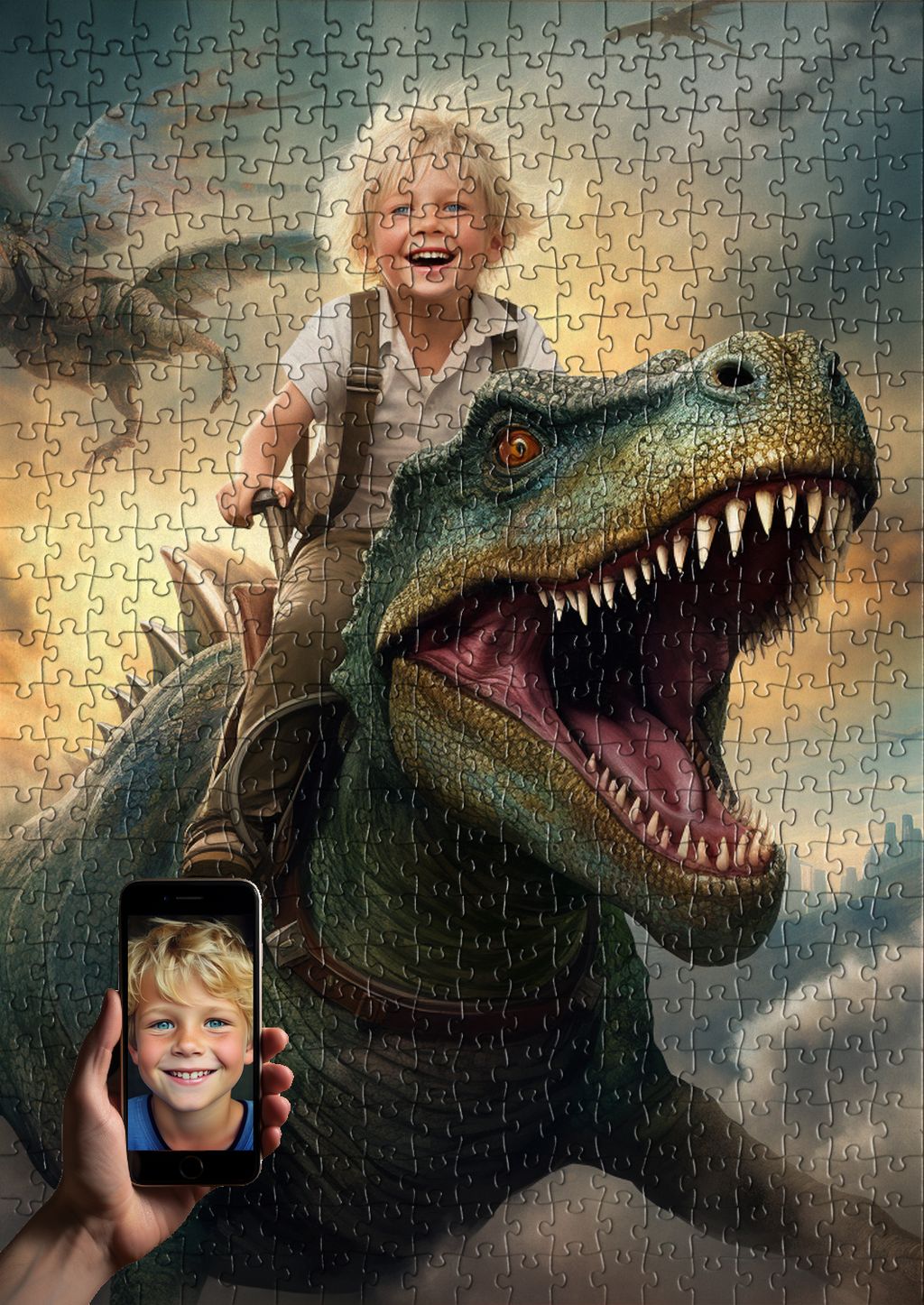
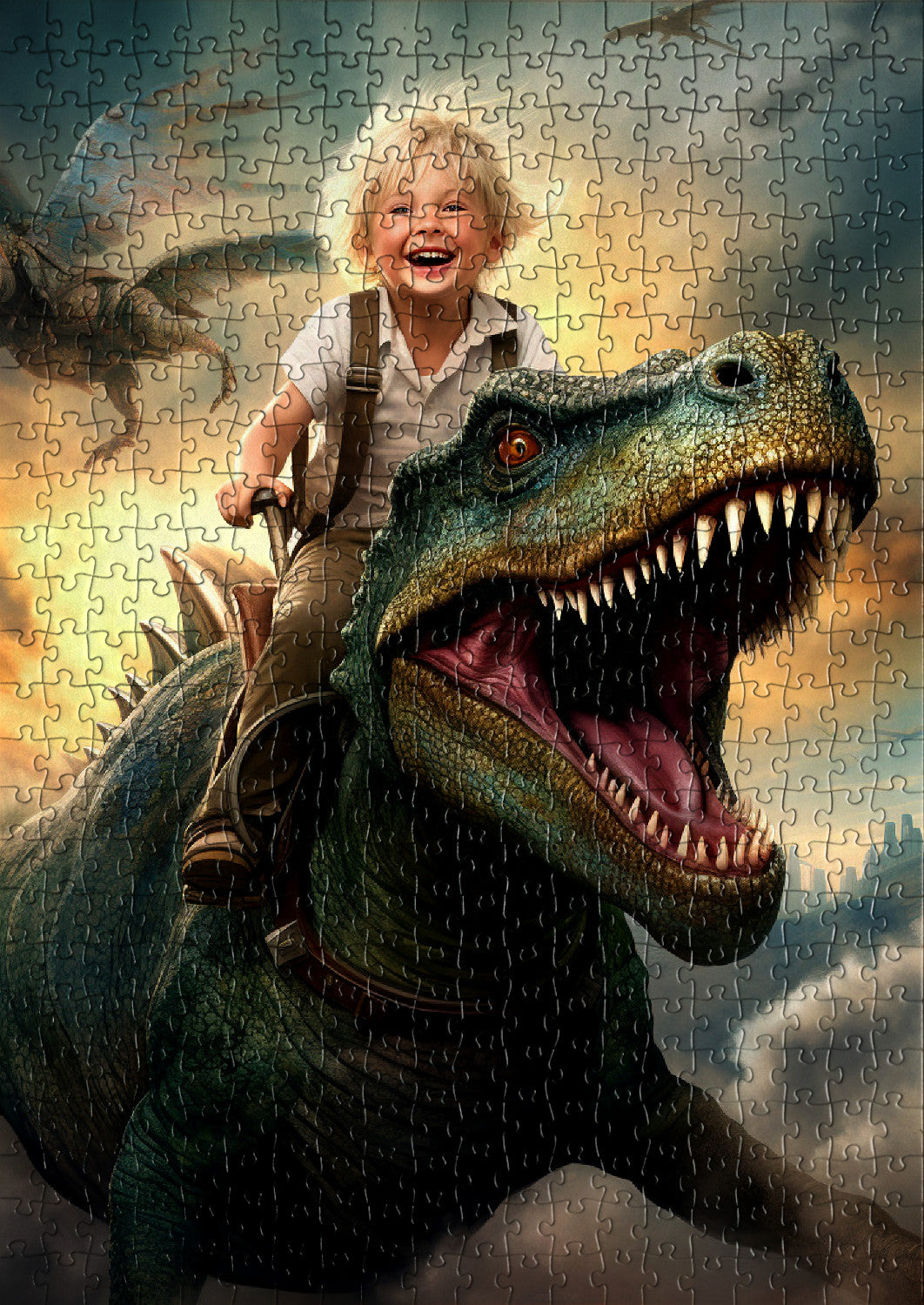

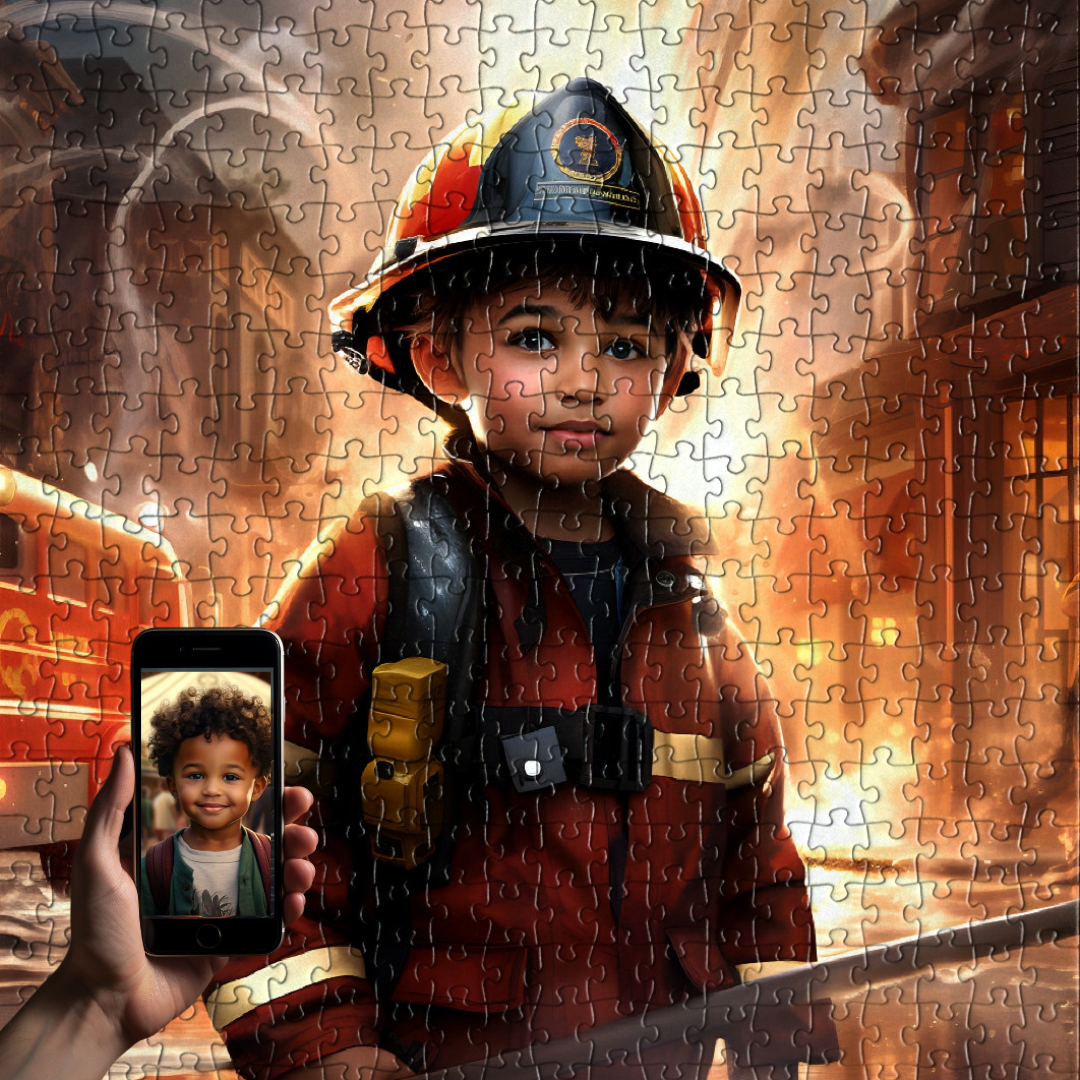
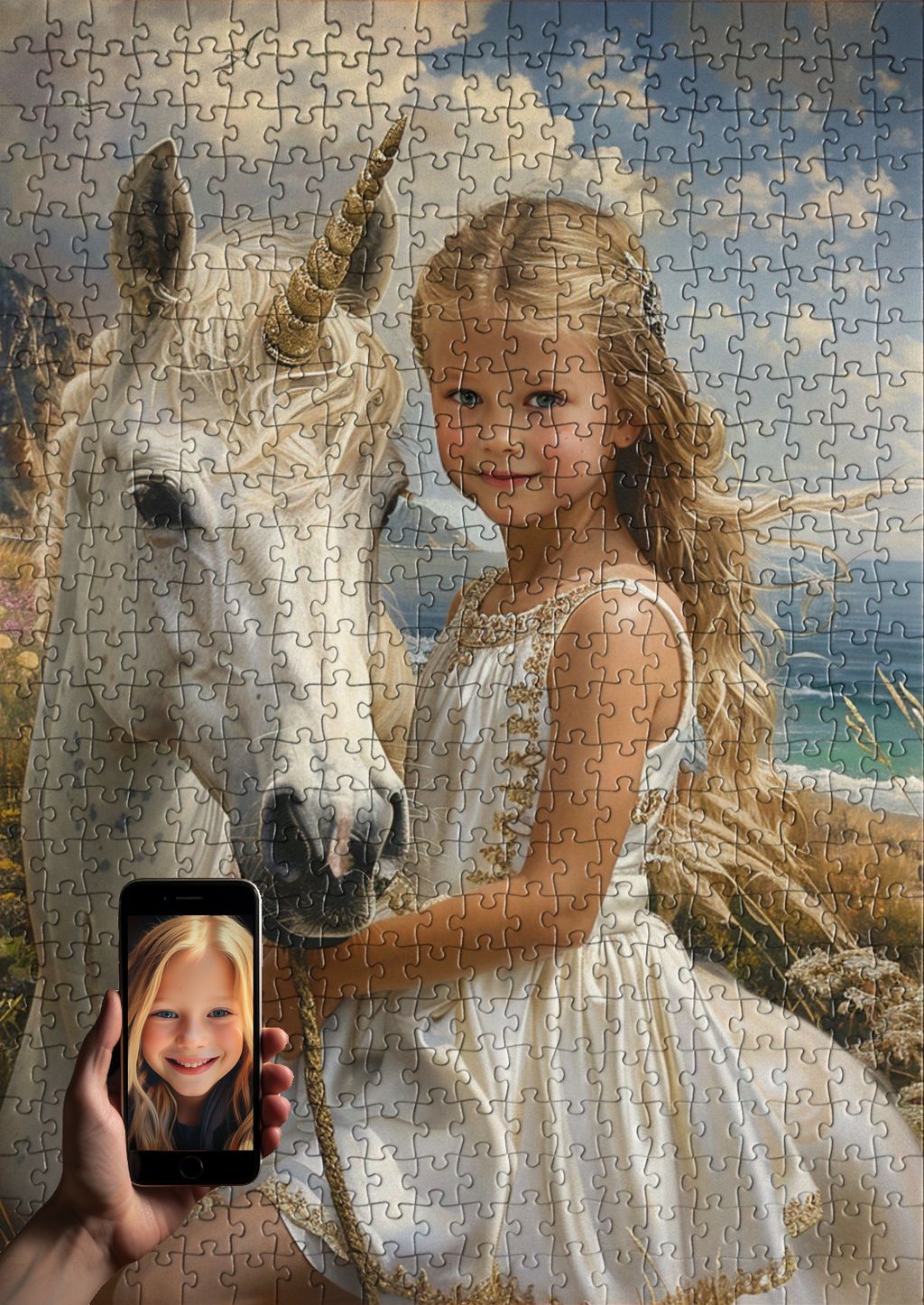
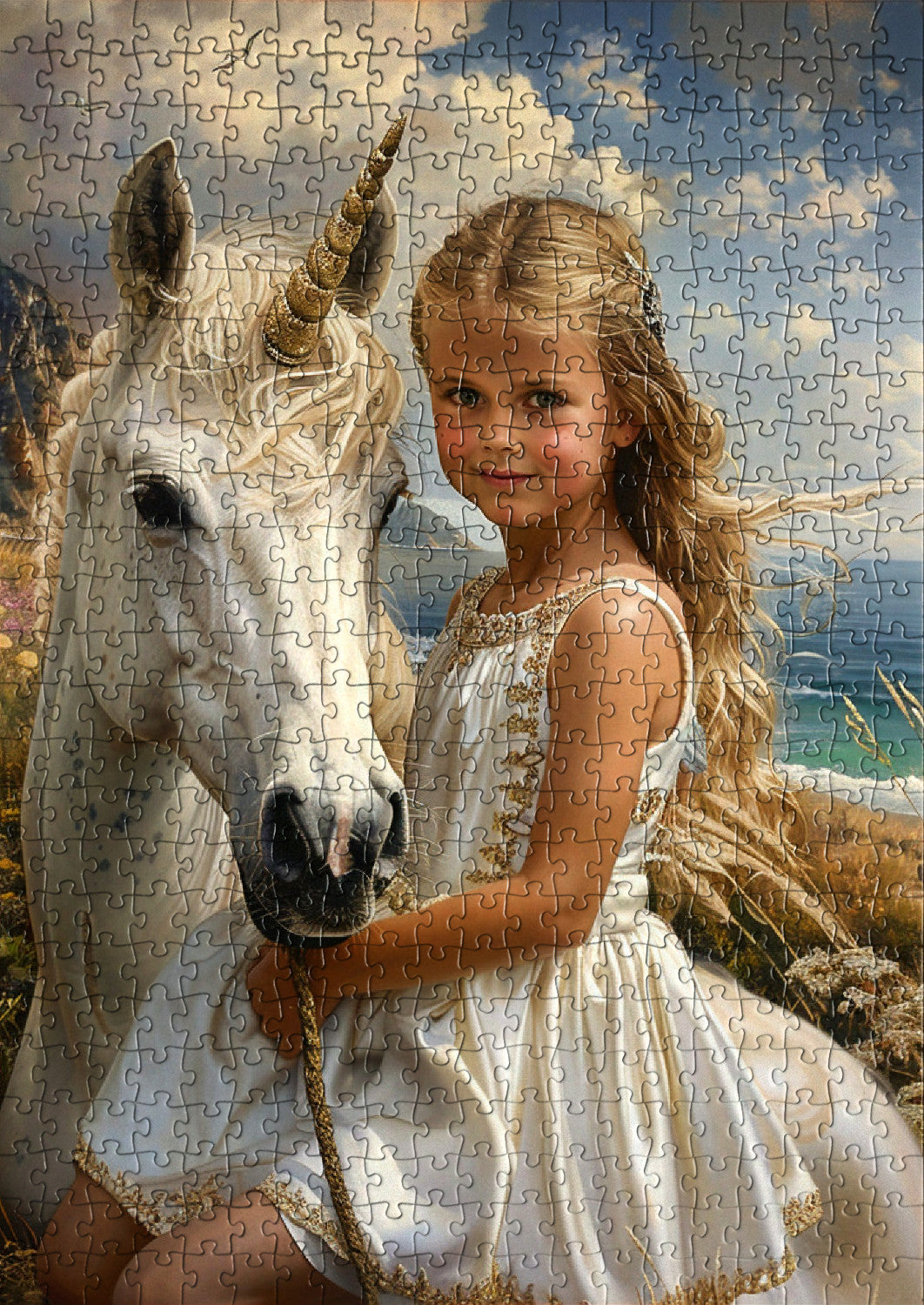
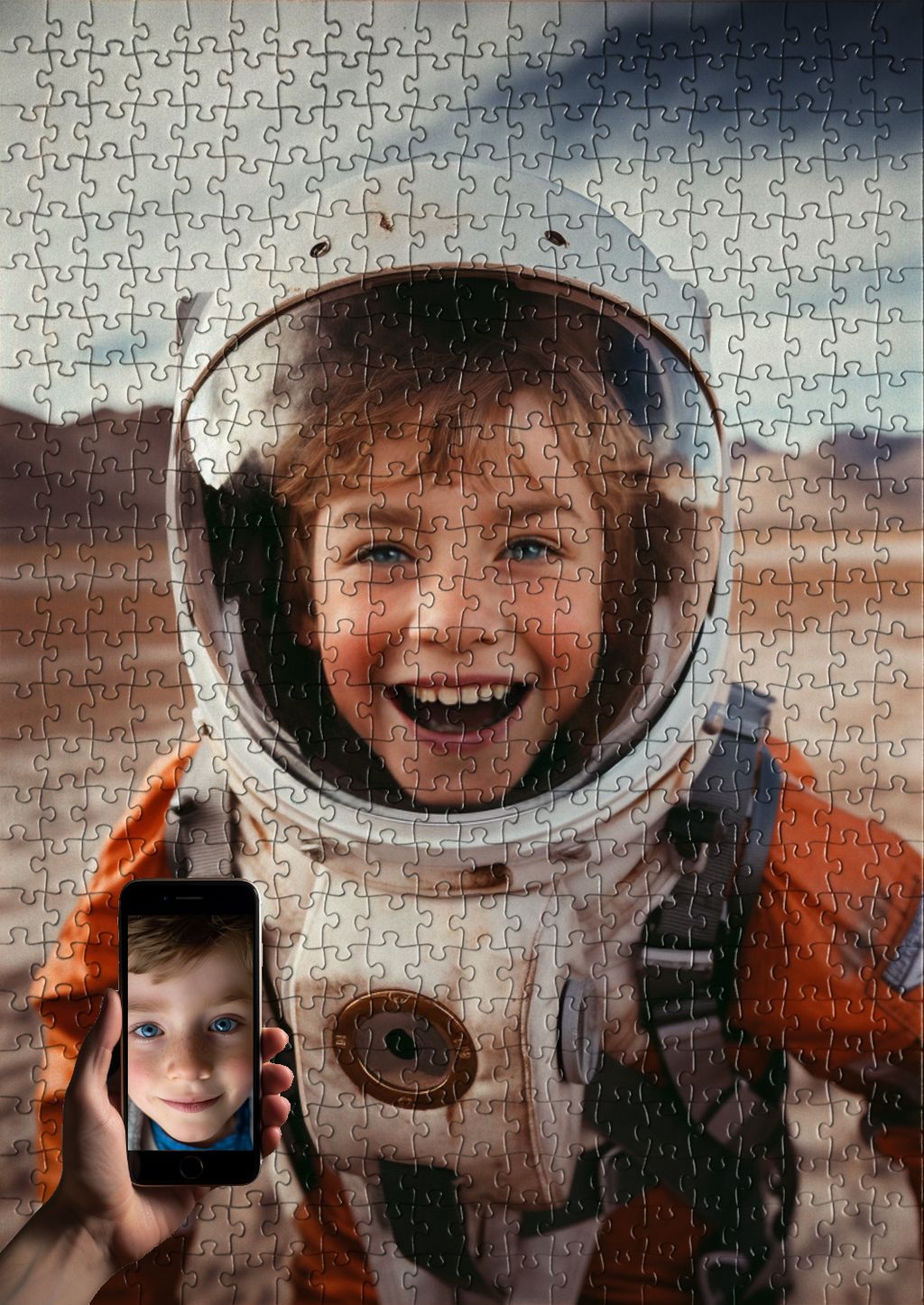

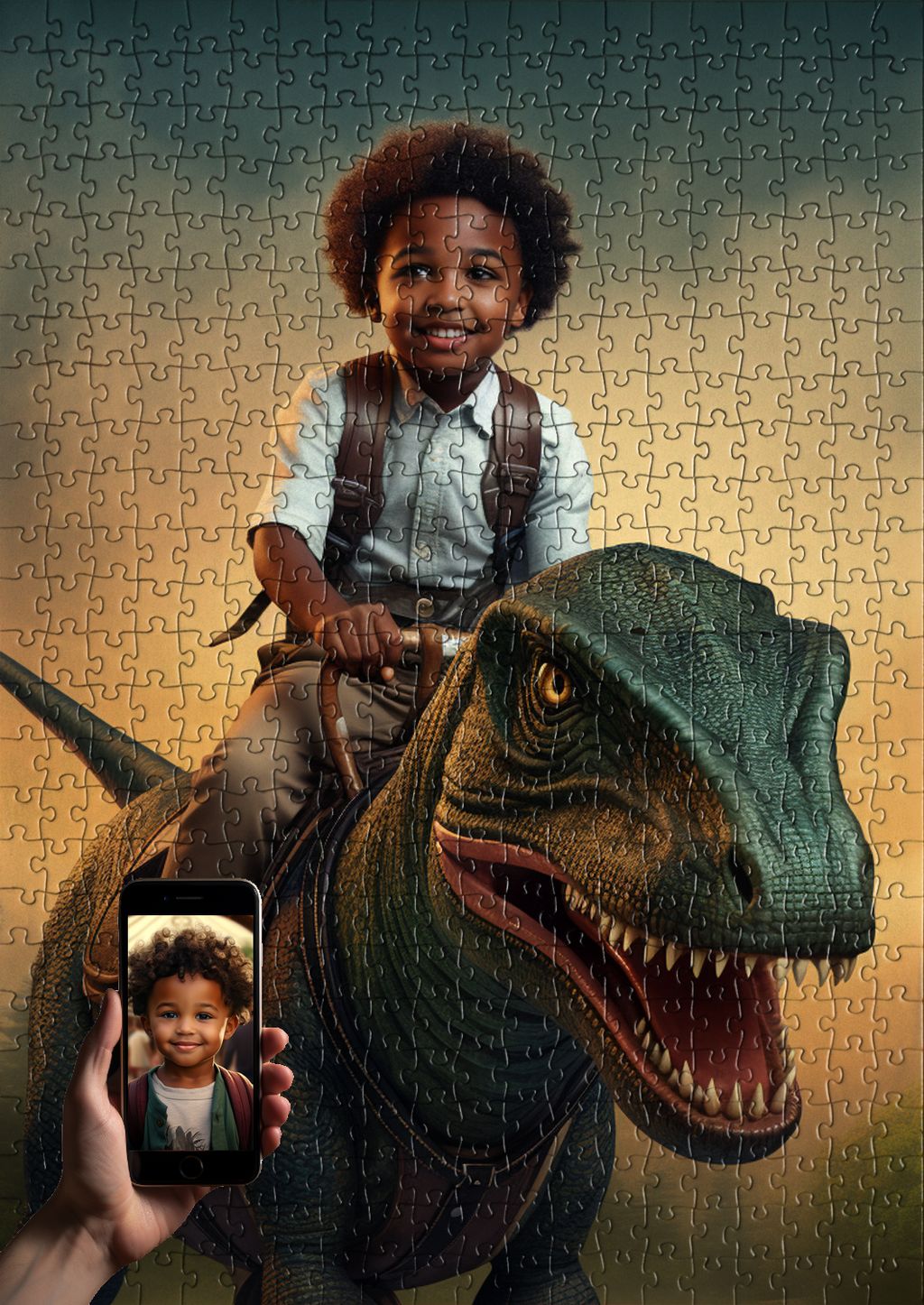
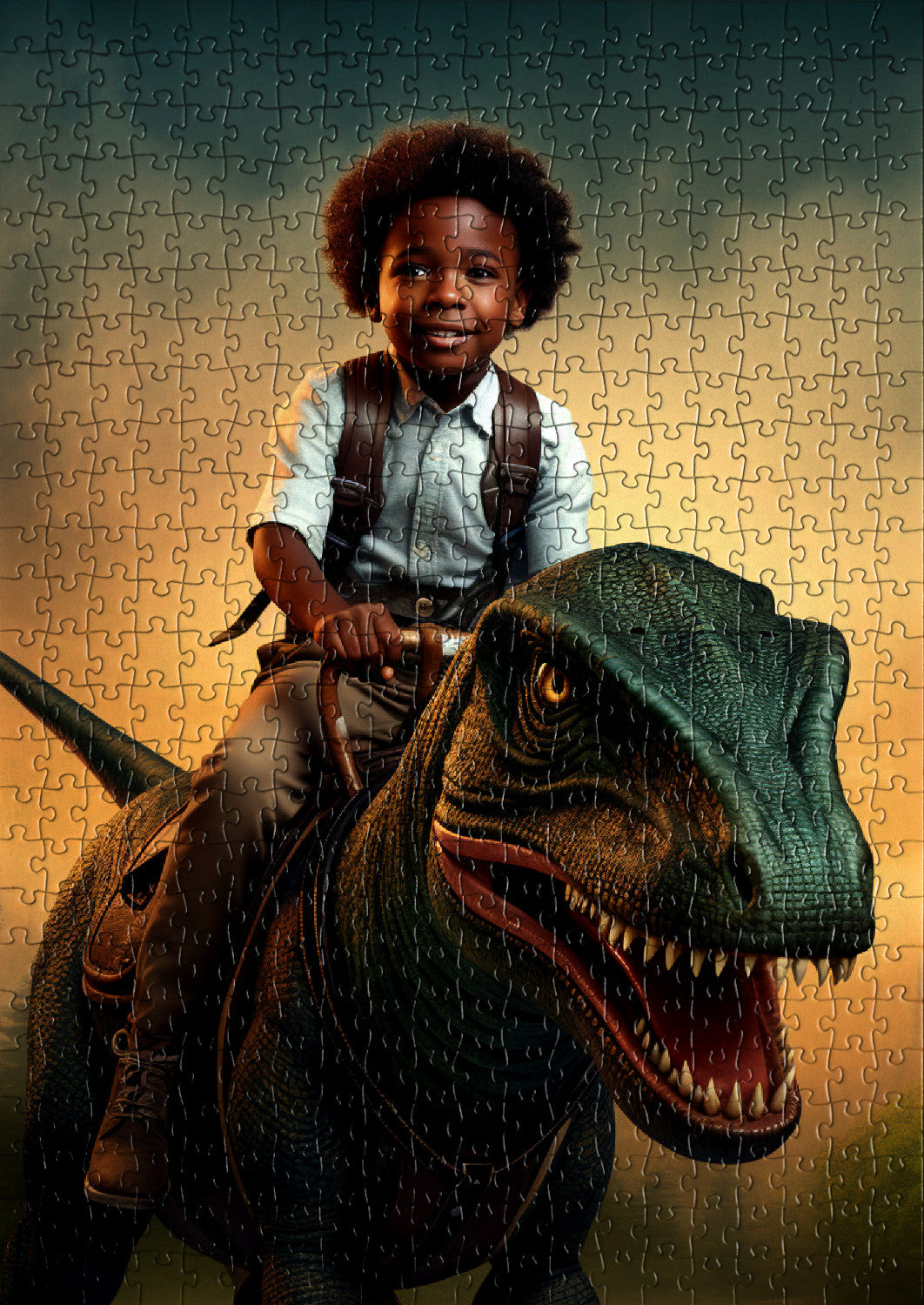
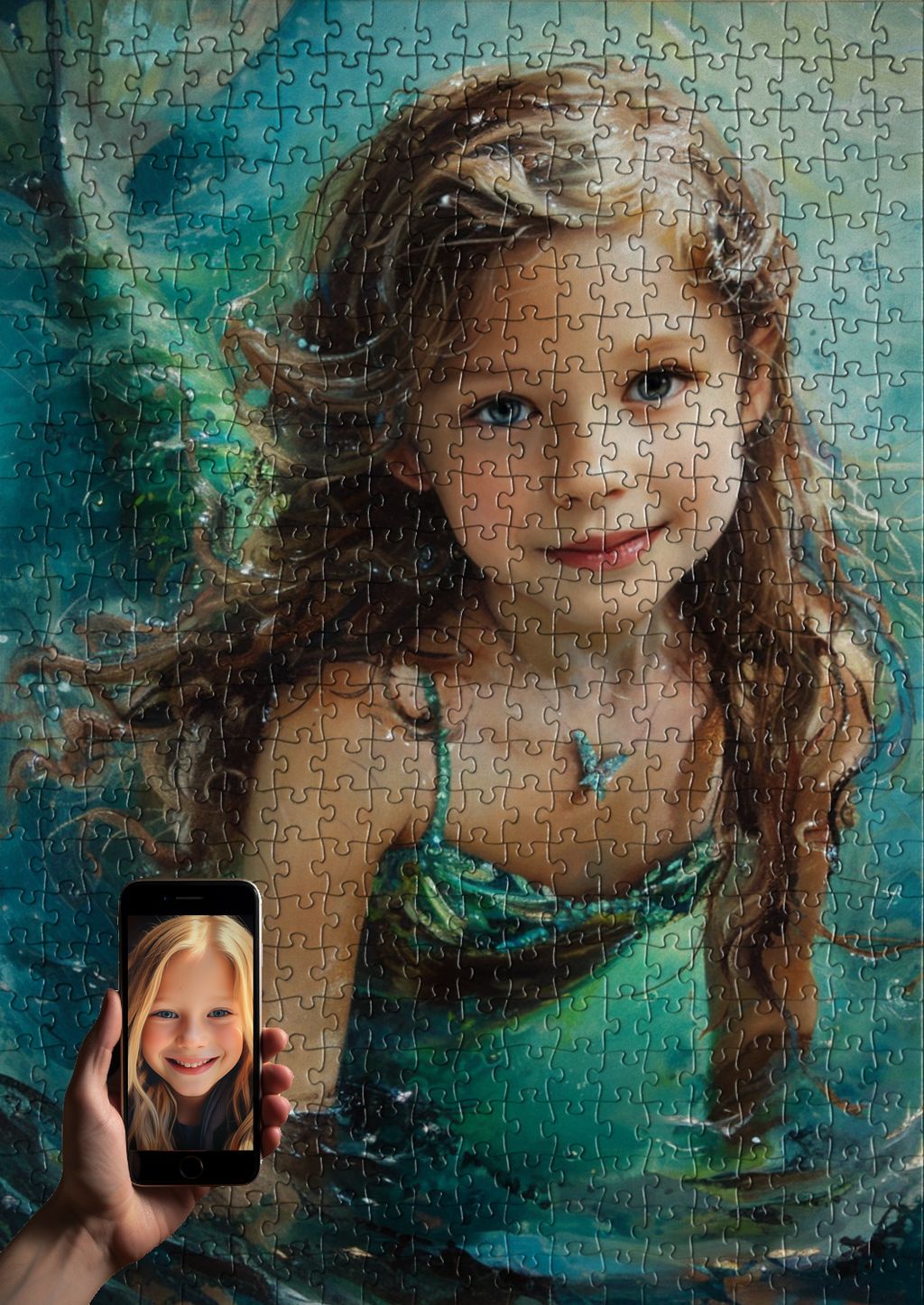
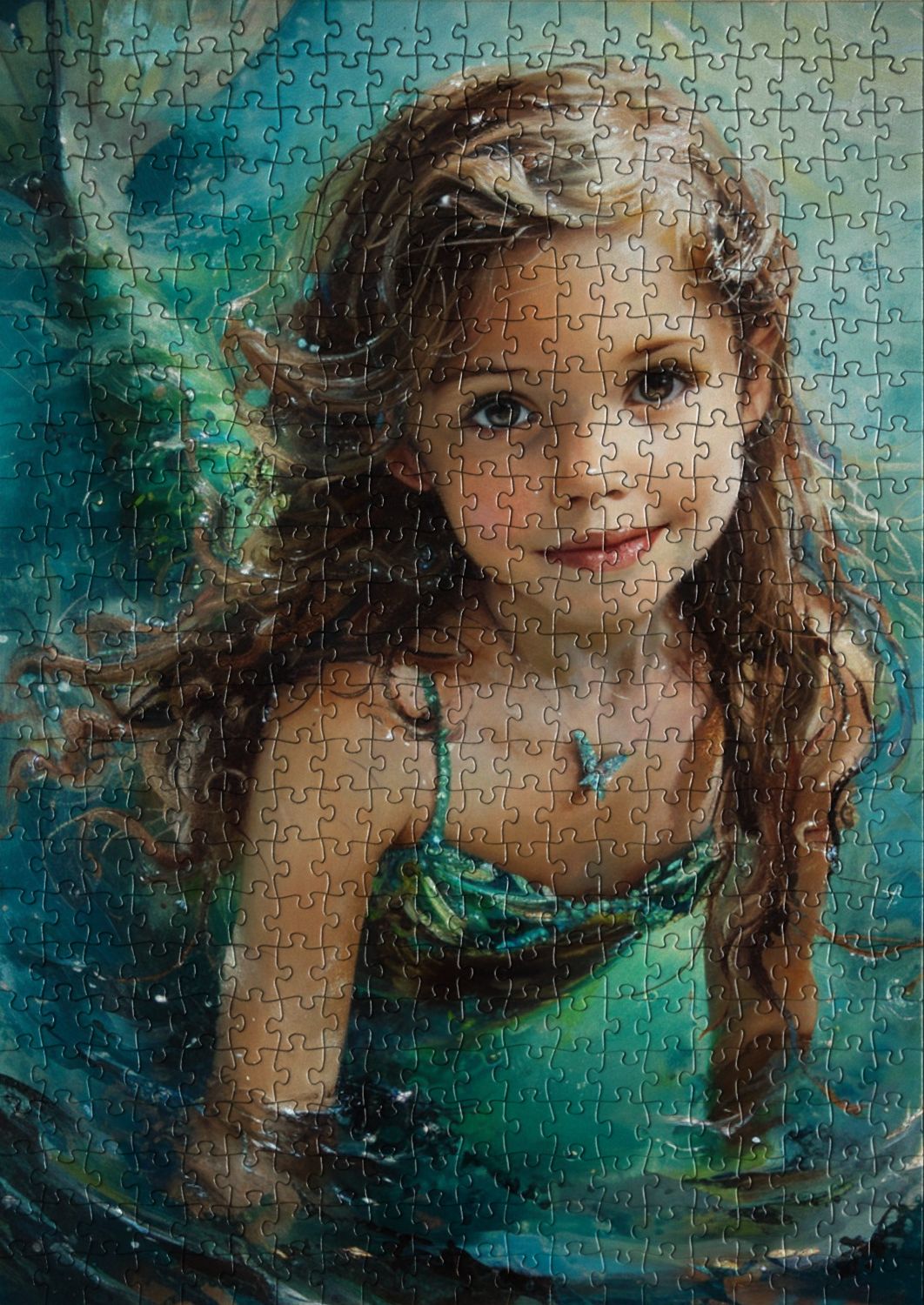
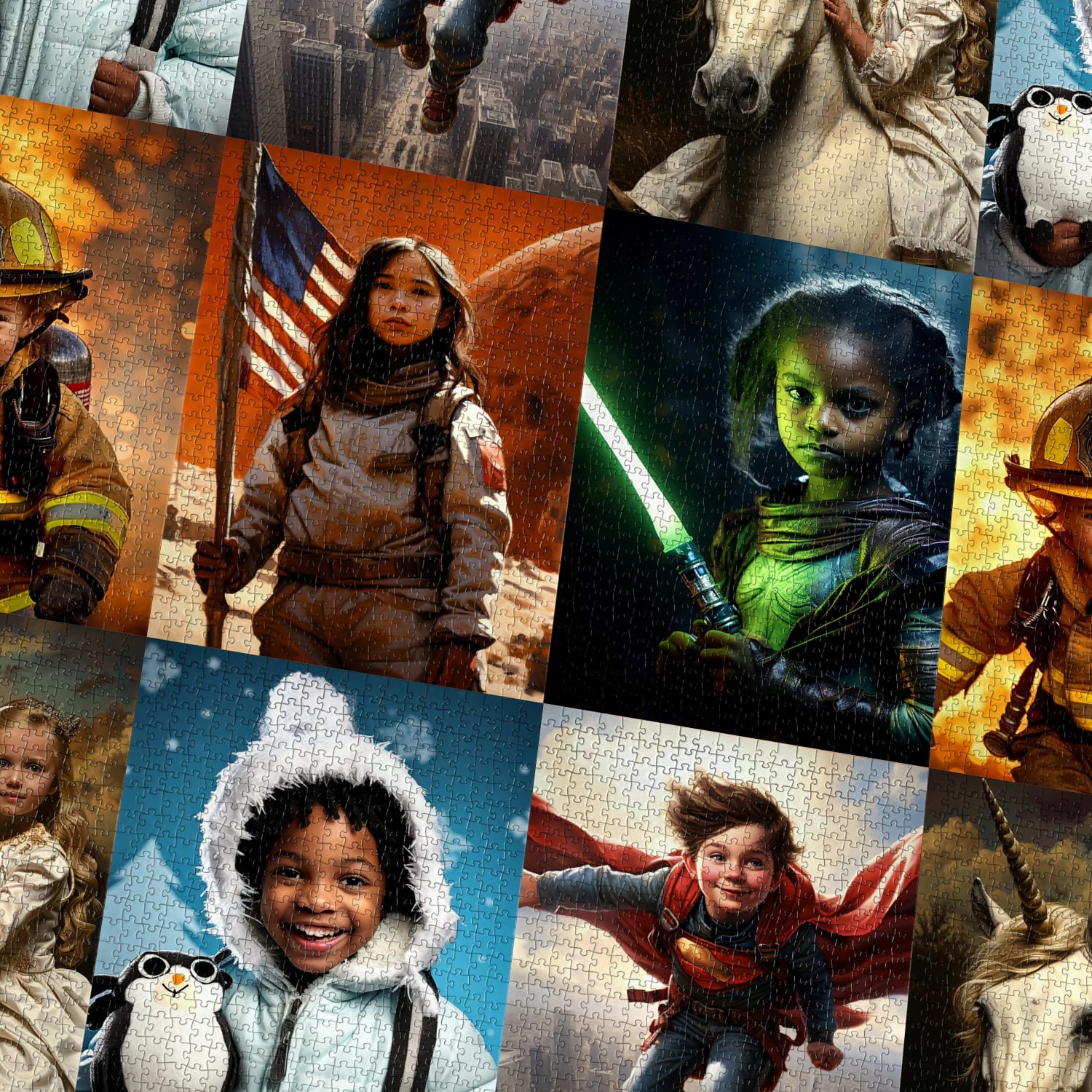
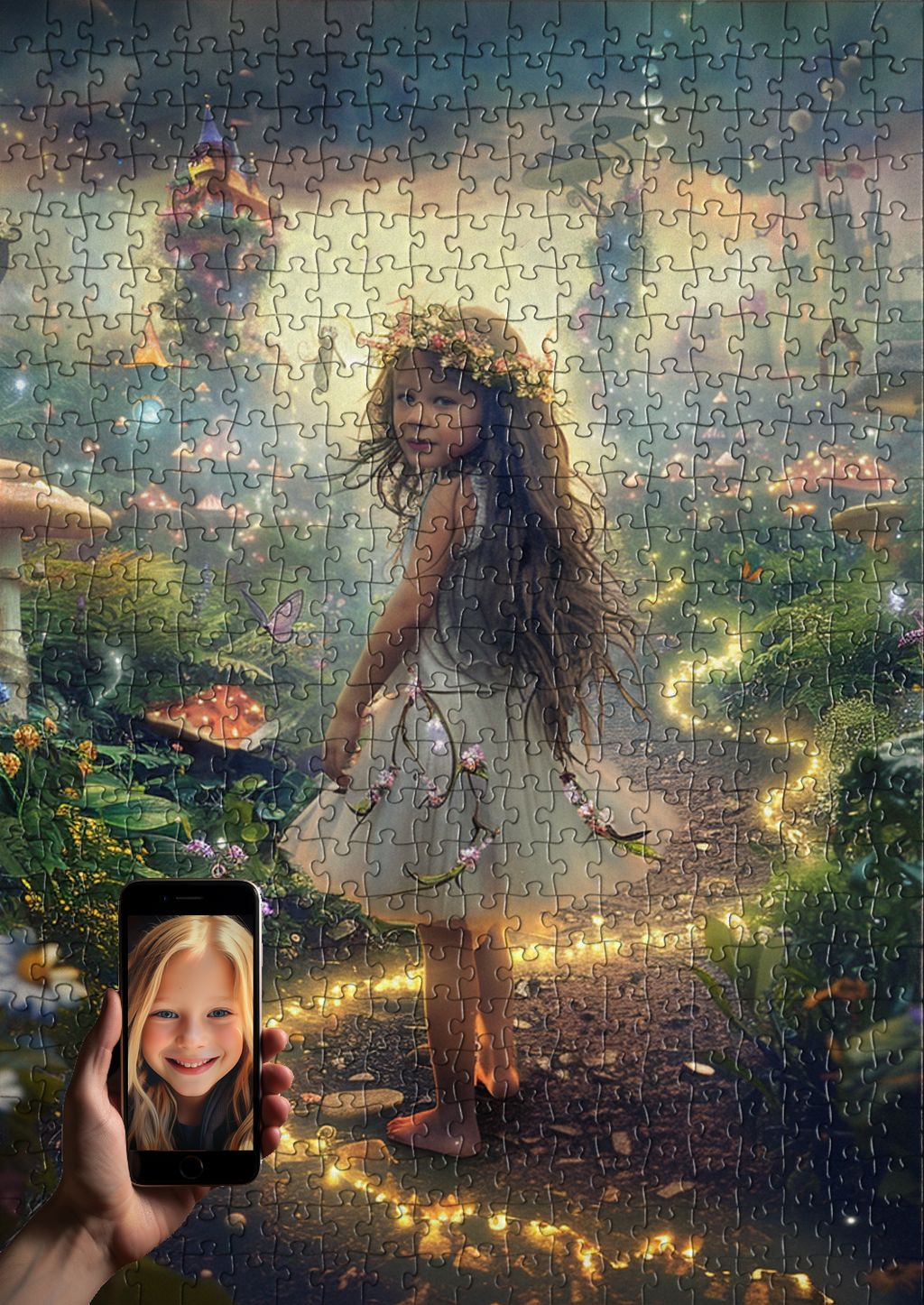
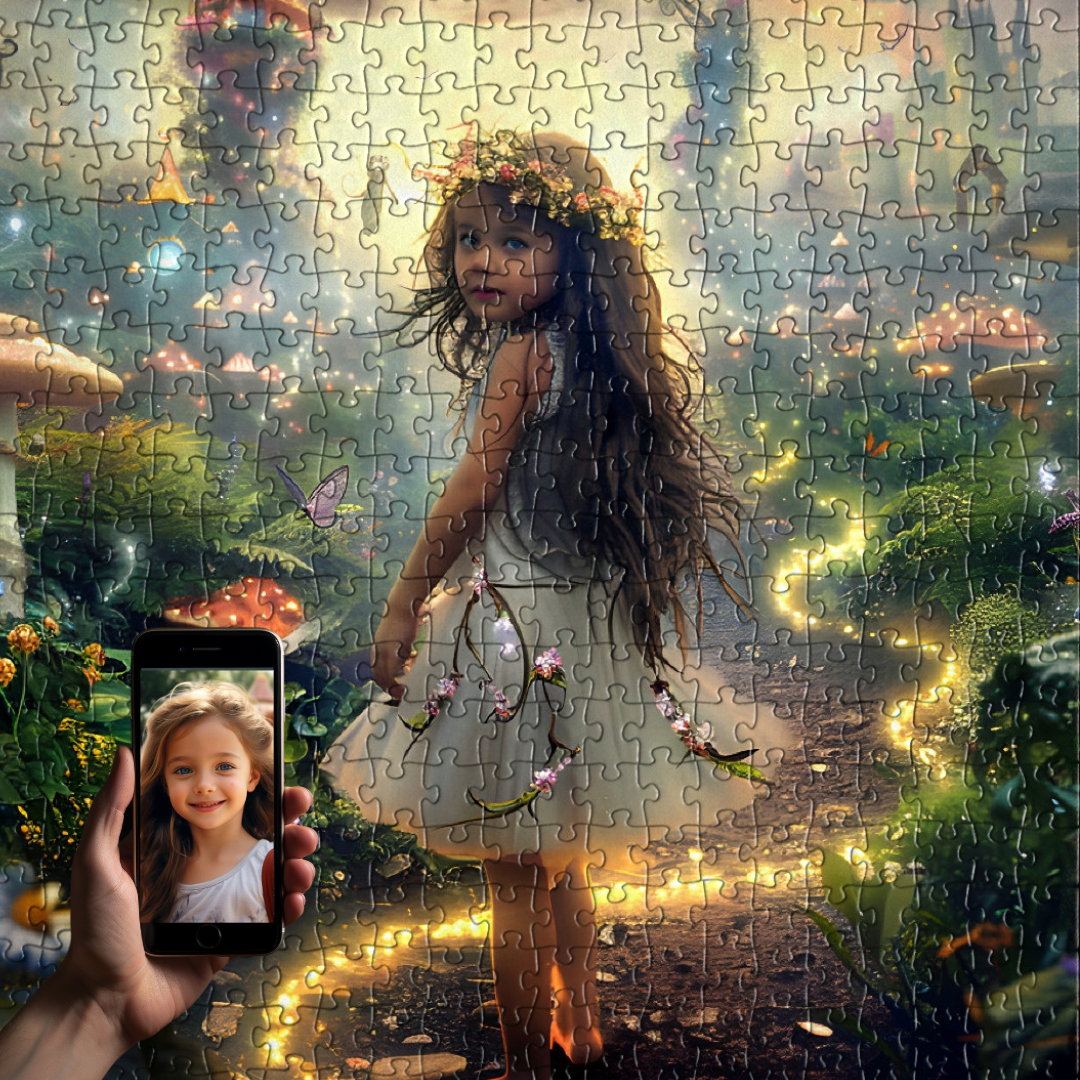
Share and get 15% off!
Simply share this product on one of the following social networks and you will unlock 15% off!